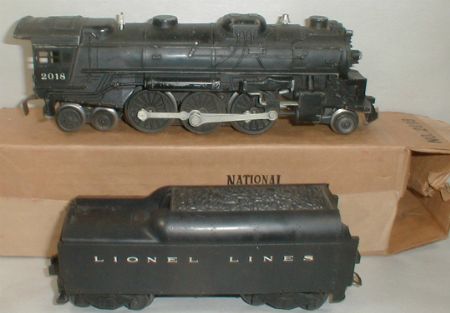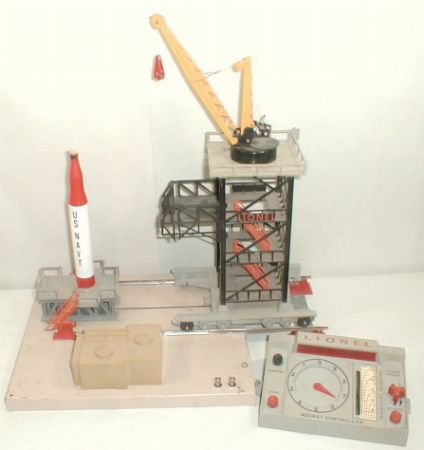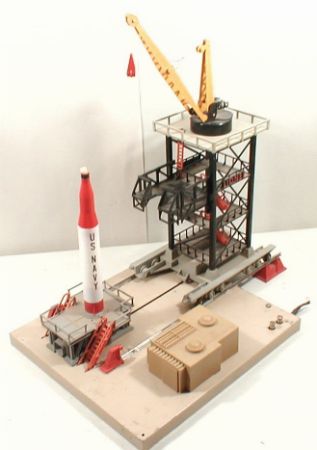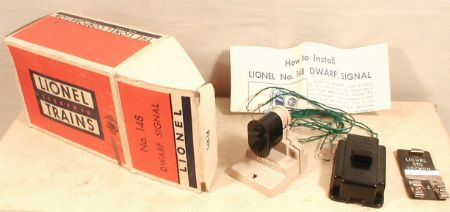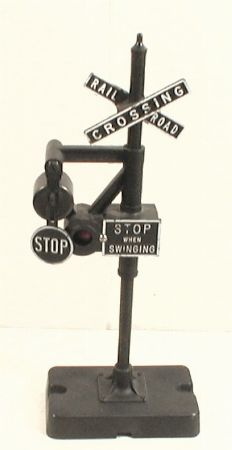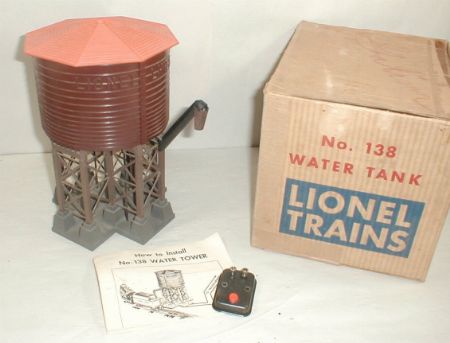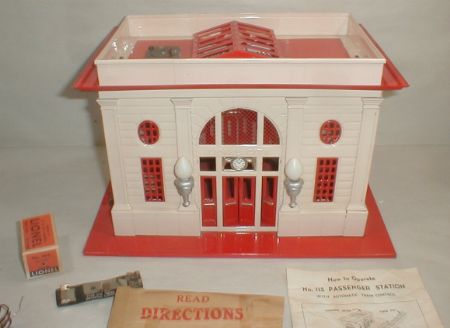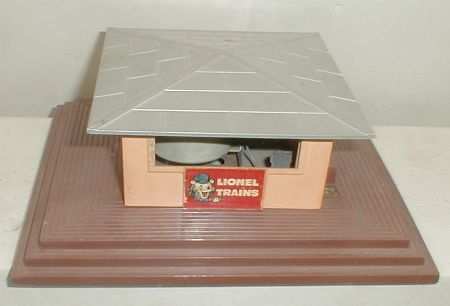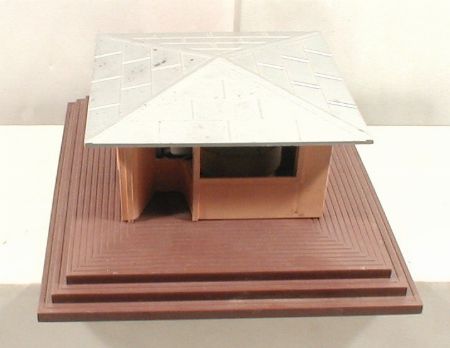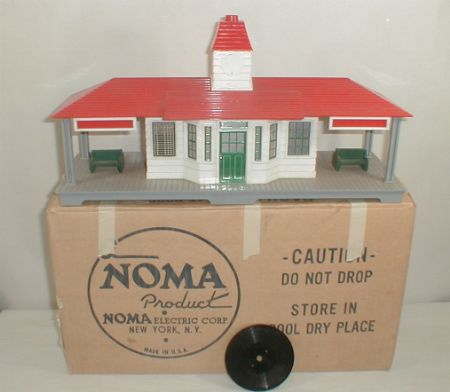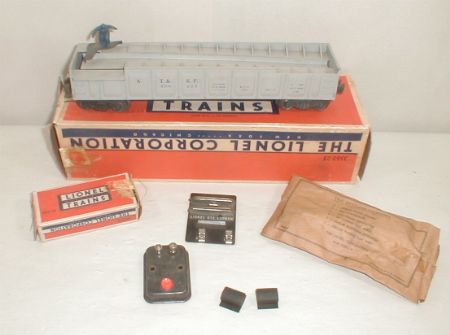
Lionel introduced the operating barrel car in 1952 to go with the 362 barrel loader. The first color was black and numbered 3562-1. That’s the rarest color version of this postwar car.
After a small production of black cars, Lionel changed the color of the barrel car to gray. The very first gray cars have the old 3562-1 number on the side. The gray 3652-1 is the most valuable variation.
The gray car was then renumbered it as the 3562-25. The gray one is shown above. Gray cars come with red or blue lettering. Red is about as hard to find as a gray car with the 3562-1 number, but not as valuable.
The common gray cars come with or without tabs to fix the man in place. The tab was added to keep barrels from falling off. There is no difference in value, but cars with tabs run better. All barrel cars after 1954 have tabs.
In 1955 the color changed again, this time to yellow. The yellow barrel car is Lionel’s number 3562-50.
Yellow cars come in painted and unpainted versions. Neither is harder to find, but collectors will pay a slight premium for like new and mint painted versions.
In 1957 the color changed again. This time to orange with the number 3562-75. Orange is the most common color.
The two rubber tabs shown in the foreground of the photo of the gray car are spacers that go between the 362 barrel loader and the track.
